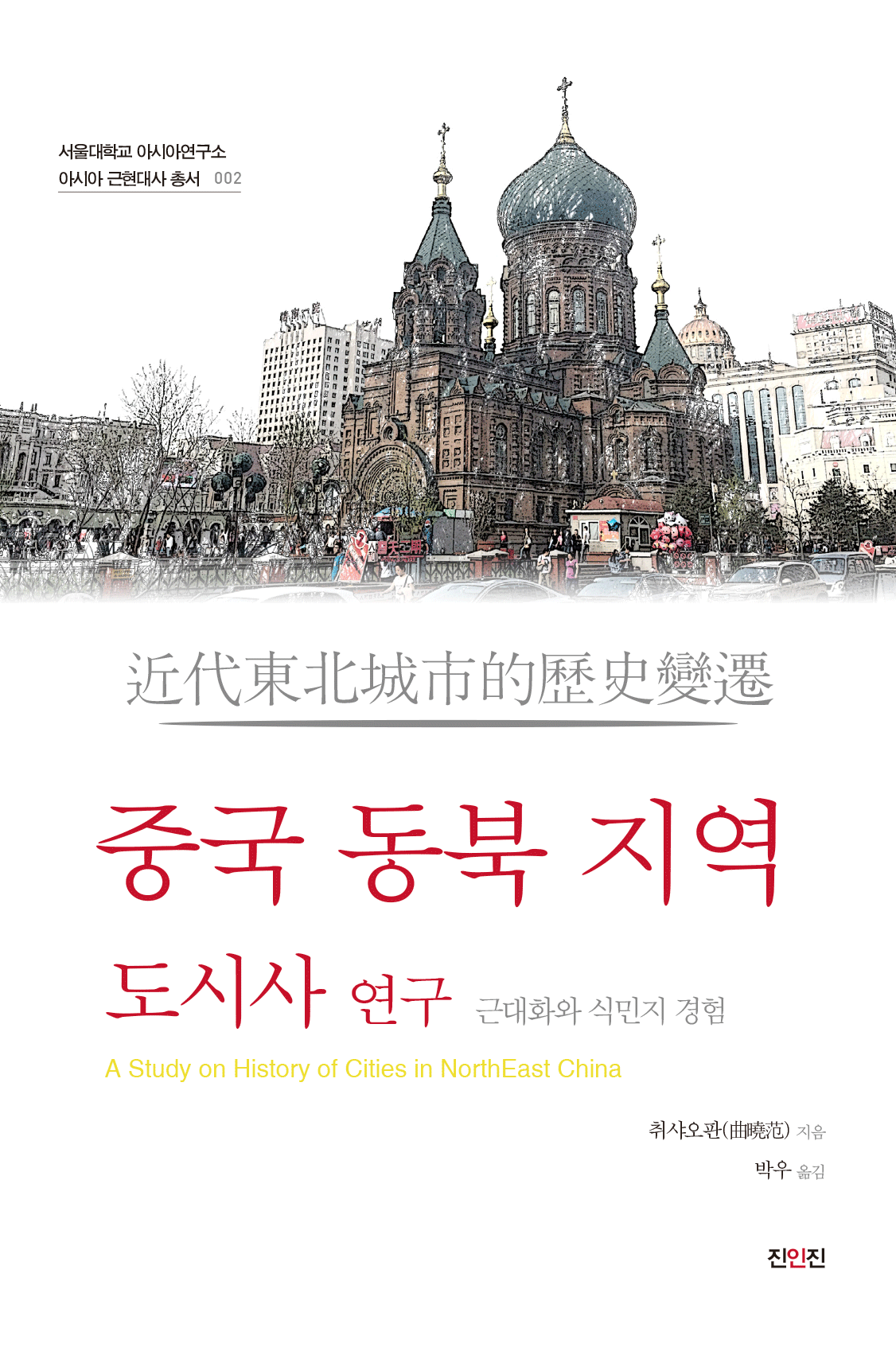A Study on History of Northeast China

- Authors: Xiao-fan Qu, transl. by Woo Park
- Publication Date: June / 2016
- Publisher: Zininzin
The period from the beginning of the first Opium War in 1939 to the Russo-Japanese War was the time of accelerated plundering of China by Western powers. Part I of this book discusses the process of intensive urbanization in the northeastern region of China to the east of Shanhai Pass after the opening of ports along the mouth of the Liao River at the end of the second Opium War in 1860. The population of the region rapidly grew with the development of harbor in the Liao Basin and the construction of Chinese Eastern Railway. Part II describes different modes of urban development by the Chinese government, Western powers, and Japan, as Japan came to occupy the dominant position in the region after the Russo-Japanese War. The author traces urbanization focusing on the Manchurian Railway from the perspectives of colonialism and modernization. He provides an in-depth analysis of the cases of Shenyang, Harbin, and Dalian and compares the features of ancient Chinese cities and those developed under the leadership of Russia and Japan. Part III introduces the colonial urbanization process after the Mukden Incident, focusing on the example of Changchun.
